Hello everybody!
By now it’s obvious that the Russian winter/spring offensive has bogged down. Sure, the Russians have expanded their troop presence in Ukraine to more than 500,000 (actually: some of Russian contacts are talking about 700,000) and have 3,000 tanks there, and are firing 10,000 shells a day, and there is no doubt their attack UAVs and UMPKs are causing serious problems to Ukrainians, and the ZSU is still actually short on artillery ammunition…. and, and, and, and, and whatever else, and yes, the VSRF is keeping the ZSU hard-pressed, and is still in possession of initiative. But, essentially, the Russians can’t make any kind of serious gains, and Ukrainians are far from ‘desperate’, as certain highly praised western analysts are describing them (or if, no more nor less desperate than for two years already): on the contrary, it’s the Russians who are forced into the realisation that they neither have the command skills, nor the firepower and equipment to effect any kind of a serious turn-over.
Thus, this war is not heading for any kind of ‘culmination’: it remains in the same state of stalemate like for over a year now. And no amount of Russian bragging, nor wishful thinking by Pudding fans abroad, is going to change that any time soon.
How comes I’m drawing such conclusions?
Well, see the situation in northern Kharkiv (and southern Kursk): after few initial advances, the Russians have suffered such losses that this operation came to a complete standstill, earlier this week. The reason is that the 26th and 138th Motor-Rifle Brigades, and the 18th Motor-Rifle Divisions have suffered such massive losses, all have to be completely re-built to re-launch this offensive. Sure, the last few days the Russians have pumped yet more reinforcements, and then re-grouped their assets in the eastern sector of this part of the frontline: then have a new assault into northern Vovchansk, but this re-gained them two streets (at most) – which they presently can’t effectively control. As mentioned earlier, they’re meanwhile bringing in river-crossing equipment, and are expected to try crossing the Volchya River somewhere west or east of the ruined town.
In the Bilohorivka area (the one on Siversky Donets), they’ve squandered multiple battalions, and several dozens of thousands of artillery shells and rockets for no gain at all.
In the Chasiv Yar area, the 11th VDV Brigade and 98th VDV Division were meanwhile reinforced by the 150th Motor-Rifle Division, plus the 200th Motor-Rifle Brigade, but didn’t manage to gain foothold in the Kanal District, nor to secure their bridgehead over the Siverski Donets-Donbas Canal (sure, ZSU troops deployed there expect the Russians to actually enter the Kanal District in the coming days, but that’s what they expect them to do for 2 months now, so I say: wait and see). It’s only south of Bakhmut that the Russians were successful in forcing Ukrainians to withdraw out of Klishchivka: turns out the Russians can’t secure the village and exploit this success for an advance further west, though.
In the Avdiivka-Pokrovsk area, the Russians did manage to capture Avdiivka, and then lots of villages 10km west of it. Took them just nine months and ZSU’s critical shortage of artillery shells to achieve this, but never mind: Pudding-fans are happy. They did manage a local break-through at Ocheretyne, but then proved unable to exploit this. For the last month, they’re unsuccessfully assaulting Novooleksandrivka, Sokil, Yasnobrodivka and in direction of Karlivka. The Russian ‘success’ in this area is meanwhile measured with items like ‘three trees here and one field there’.
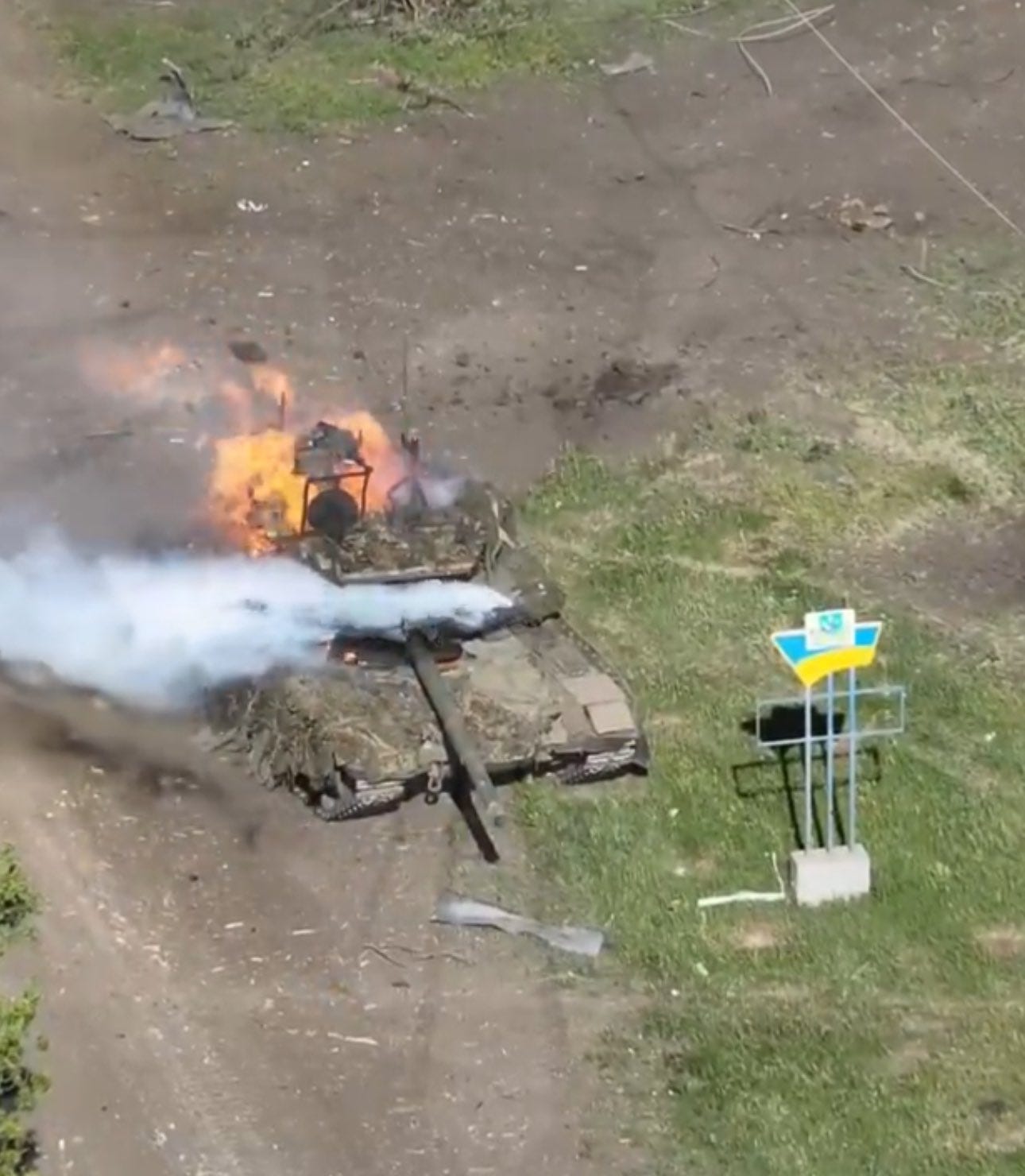
In the Marinka area, and despite massive volumes of bombardment with UMPKs, the Russians have only managed to gain some ground in southern Krasnohorivka.
It’s similar in southern Zaporizhzhya: all assaults on Urozhayne have failed: the Russians merely managed to force Ukrainians to withdraw from southern Staromaiorske, but can’t gain foothold there. And in Robotyne, according to people serving there, the village is meanwhile held by nobody. The Russians occasionally send few troops forward, they then run into mines or get blown to pieces by FPVs, and that’s it. And Ukrainians are white mad because when they were forced to withdraw, few weeks ago, there were two cases of the Russians shooting ZSU troops that were trying to surrender.
….which reminds me of the case of a 24-years-old female police investigator from Mariupol: She was hiding in the Azovstal, and Ukrainians attempted to organise her extraction with help of the UN and the Red Cross. The representatives of these two….erm…. ‘noble’ and philanthropic organisations then handed her out to the Russians… and it was only on 31 May she was exchanged and returned to Ukraine. One can imagine what she went through in the Russian concentration camps… what a surprise there are demands the responsible UN & RC officials to be prosecuted for war crimes…
***
Thus, lets get back to air warfare, because there are few updates in this regards.
I’ll start with the Saab 340 AEW aircraft the Swedes pledged to deliver to Ukraine. For few reasons. Firstly, my ‘quick review’ of them drew some – well deserved – critique. My info was obsolete. That’s at least what I can say after a contact was kind to forward me some more recent info on their performances: it turned out that, yes, over the last 10 years, the Swedes have significantly improved the Erieye. Secondly: because this remains the only domain where the Russians do enjoy a significant advantage vis-à-vis Ukraine. Thirdly, because there are lots of related news, too.
Now… no, it’s not like Saab 340s can now fly faster or higher: nobody and nothing could change that (except they install the Erieye radar on a different aircraft, like nearly all the customers for this system have done over the last decade). In the light of threats like R-37-equipped MiG-31BM, the Saab 340 remains slow and thus too vulnerable for, say, ‘deployment closer to the frontlines in eastern Ukraine’. But, the Swedes did add few nice-to-have gadgets to the system and significantly improved its performances. For example:
- They have added an electronic warfare system and advanced communication systems to the Erieye, thus not only improving the self-protection of the aircraft, but also converting even something ‘as small’ as the Saab 340 into a full-fledged AWACS ‘with secondary JSTARS-capability’.
- They’ve installed much better operational systems (including more advanced computers) into the aircraft, so that a single operator now can do more than two or three could do at earlier times. Which is why the system-crew of five is nowadays capable of operating the Erieye much more efficiently than at earlier times (indeed, they have a much better situational awareness and thus can exercise command and control independently from ground stations).
- The max detection range for airborne targets was increased to about 450km. That for naval targets to over 300km.
- Foremost, the system is capable of simultaneously tracking ‘well over’ 300 targets at once, including aircraft, ships, boats (even jet-skis), missiles, drones (airborne and those moving on the ground or water), but also ground targets (like tanks, trucks and similar). Here a nice illustration for this:
Bottom line: yes, the radar – and not only the radar: the entire system – is much better than it used to be and thus the Saab 340 is much more effective than was the case when I ‘threw’ my last look at it, say in around 2010 or so. It’s still the aircraft that’s too vulnerable for ops over eastern Ukraine - at least as long as the PSZSU lacks the means to drive Russian MiG-31s and Su-35s well away. But, me thinks, it’s going to be good for the job on hand: the primary task of Ukrainian Erieyes will be the protection of F-16-bases in western Ukraine (and, thus all the other facilities there) from Russian missile strikes. Because, one can be 1000% sure: as soon as the first F-16 arrives in Ukraine, the Keystone Cops in Moscow are going to their utmost (including selling their spouses and kids) to destroy them. Just like the last two years they’re doing their utmost to at least curb operations of PSZSU’s fighter-bombers: through severe – and repeated – missile strikes on their air bases and forward operating facilities.
***
I owe you all the Adrien’s review of the Russian missile offensive on Ukraine in April this year (plus the next Q&A session, and updates on different collections): I’m going to get back to all of that, literally as soon as possible. Meanwhile, let me review the last 10 days (‘or so’) – and then of the Russian, but also of Ukrainian operations of this kind.
- 20 May: SCALP-strike on Luhansk hit the field HQ of the VSRF Group Yug; might have wounded Colonel-General Gennadiy Anashkin, the commander of that group. One SCALP was intercepted by Russian air defences, though.
- 24 May: GUR UAVs knocked out the Voronezh-DM OTH radar in Armavir, plus a Su-27-like jet (could be Su-27, but also Su-30, or Su-34, or Su-35) at Kushchovskya AB. Around the same time, GUR UAVs have hit a radio-technical facility in the Krasnodar area. Finally, an entire S-400 battery was smashed by ATACMS outside Mospine, in Donetsk.
- 25-26 May: the Russians fire 2 Kinzhals, 12 Kh-101/Kh-555s (this time from Tu-95s underway over the Saratov area), and 31 Shaheds on Ukraine; the PSZSU shot down all cruise missiles and Shaheds, but the two Kinzhals hit Starokostyantyniv AB and knocked out the power supply for the nearby city.
- 26 May: a strike by GUR UAVs knocked out a Voronezh-M OTH radar outside Orsk (Orenburg); flown over 1,800km, this was the longest-ranged attack of this kind so far. Additionally, somewhere in northern Kharkiv, Ukrainians shot down a Mohajer-6 armed with Ghaem-5 guided bombs.
- 27 May: around 19.00hrs, ATACMS-strike (with cluster bombs warhead) hit the Luhansk airfield, including an aircraft repair shop, plus the former PSZSU Navigation Academy. Pantsyr S-1s of the VKS are known to have been in action, but failed to stop this strike. The locals reported 'dozens' of explosions and multiple large fires.
- 29-30 May: the strike by SBU's UAVs knocked out a Nebo-SVU radar positioned outside Armyansk (range of Nebo-SVU is some 380km). The VKS targeted Kramatorsk by Grom-E1 guided missiles.
- 29 May: ATACMS or HIMARS strike blew up something in Donetsk (city).
- 30 May; 8x Neptune missile strike, combined with attack by naval drones, hit the Russian vessels in Chernomorsk area (specifically: the Uzka Bay). Kyiv-released videos have confirmed a direct hit on at least one Tunets-class patrol boat. An independent Russian news agency detailed the Russian losses with four naval cutters, two civilian ferries, one civilian cutter damaged or destroyed, and five people injured. Additionally, Ukrainian UAVs demolished some sort of POL facilities in Chushka and Volna, on the eastern side of the waterway.
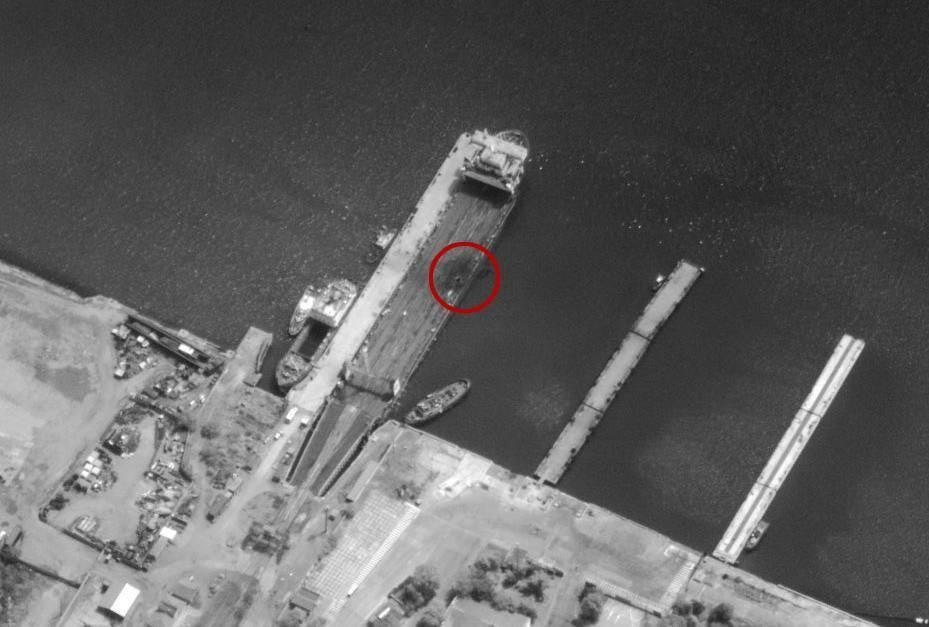
- 30-31 May: The Russians targeted Ukraine by 1 Iskander, 8 S-300 SAMs, 11 Kh-101/Kh-555 (released from the Saratov area, again), and 32 Shaheds. 7 Kh-101/5555, and 32 Shaheds wee shot down. Principal target seems to have been the Starokostyantyniv AB again. Ukrainian UAVs have hit a POL facility in the Krasnodar area.
- 31 May – 1 June: The Russians deployed 35 Kh-101/Kh-555 misissiles, 4 Iskander-Ms, 10 Kalibrs, 3 Kh-59/69, and 47 Shaheds. Ukrainians claimed 30 Kh-101/Kh-555, 4 Kalibr, 1 Iskander, and 46 Shaheds as shot down.
***
Finally, while the social media continued brimming with reports about successful Russian electronic warfare jamming almost any kind of western weapons in Ukrainian service, I would like to remain everybody about few important facts: electronic warfare is like a game of ping-pong: the side A gains advantage over the side B, then the B reacts and gains advantage, to which the A reacts and gains advantage… Point is: everything is temporary by nature. And the fact that one or the other party gained advantage at one point in time (and space), does not mean this is that way forever. Just like Boeing’s failures to deliver operational GLSDBs doesn’t mean these are now all and forever useless. Actually, in 90% of cases, even the best of the Russian jamming of the GPS is lasting mere hours, and is limited to relatively small geographic areas – at best and most.
More about this in the coming Q&A.




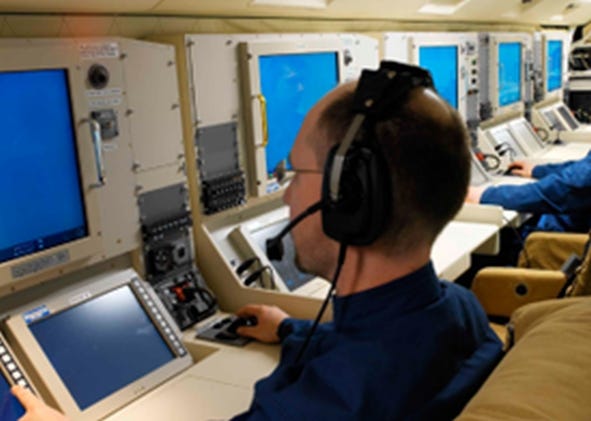
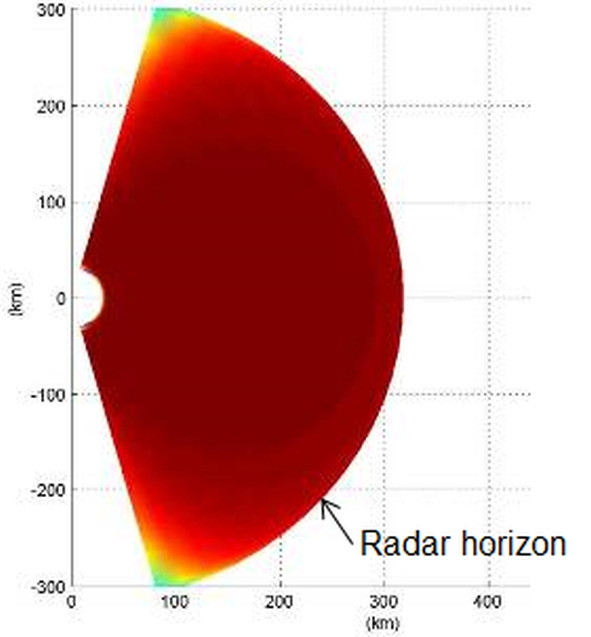
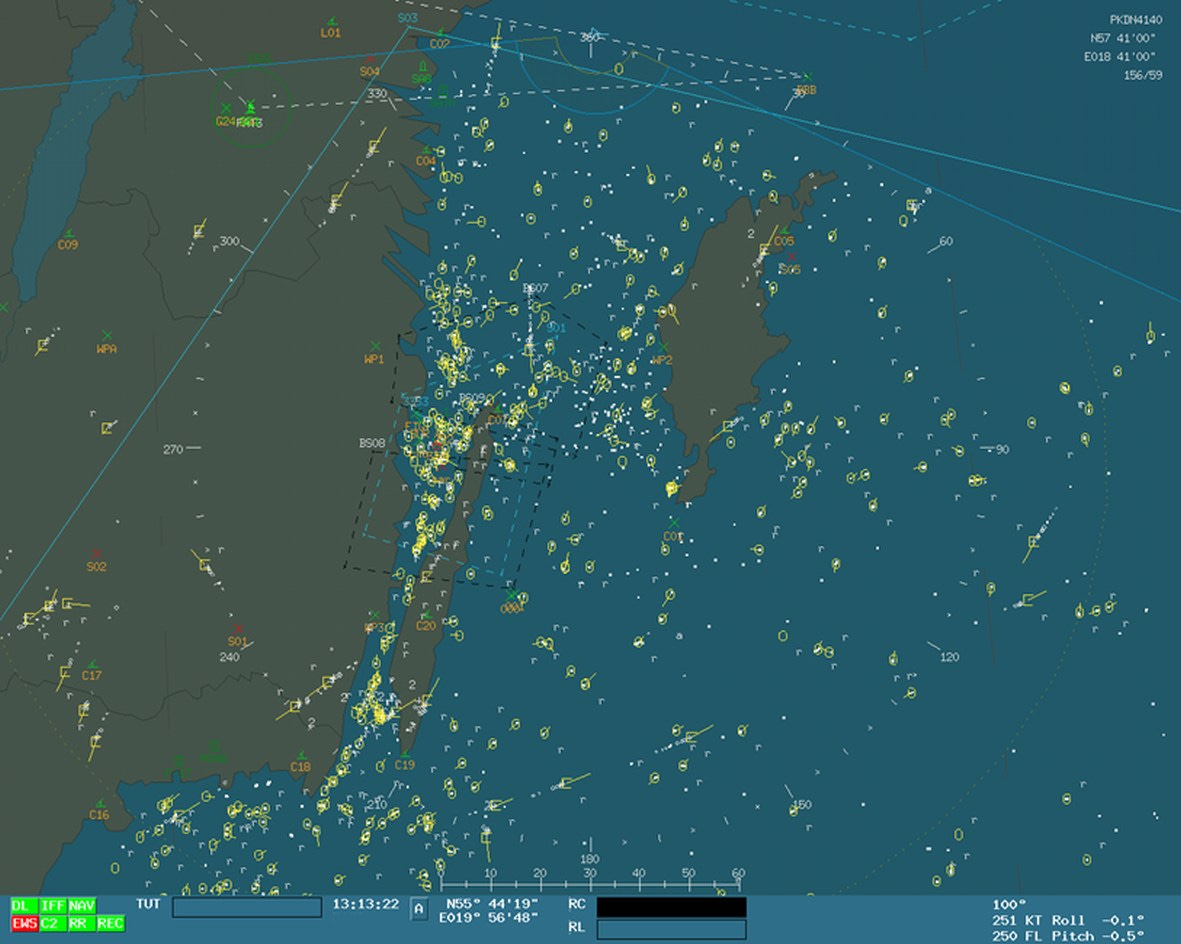
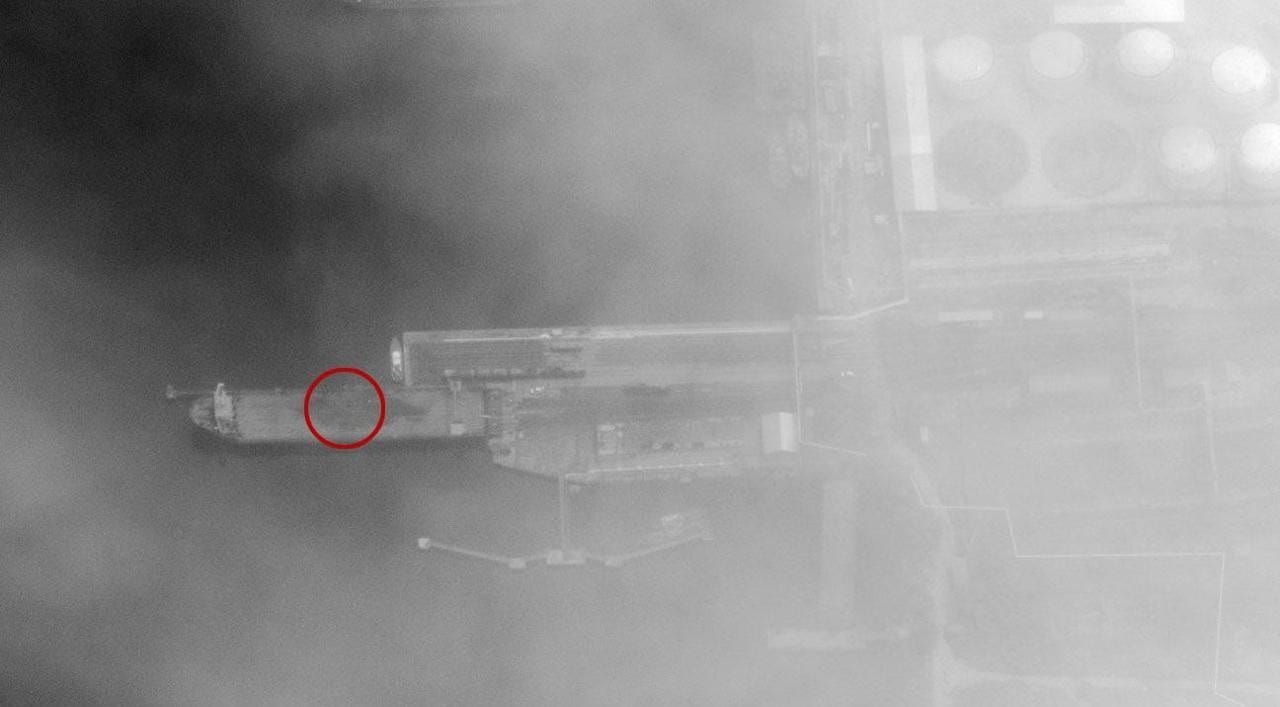
Many thanks for the update, especially in regards to the Saab 340.
The fact, that adjusting previous assessments is a natural thing to you, underscores the credibility as well as the reliability of your work and character, something rather scarce on planet earth. Happy Sunday to you!
Dear Tom, thanks for update!
I would not get into details, my estimations are close to yours, but let us say a bit more on artillery side, and a bit less on tanks and other armours. I would say at least 15000 shells a day, and say 2500+ tanks and 5000+ other armours.
But it is not so important, since data is not precise there. More important and I would like to note this for the other readers, ru has political goals of this war, and these goals are achieved on the battlefield as well as informational space, as well as behind the scenes talks.
And there is a crucial point coming, in terms of goals for this year. There would be more such points, but this one is important. In the next one month there would be more pressure on the front lines and info space. So what I see here as increased activity of various mixed messaging, could be both native impact of hearing ru info messaging, and also active actions by dedicated people. I would not point fingers here.
But just to mention, for example the message "both sides are spreading propaganda" is not exactly true. UA is mostly sharing genuine information, just one needs to be able to read between the lines and compare stories. This requires effort of course, that is why it is mostly misunderstood. And there are some, let us say over optimistic estimates, but not outright lies.
The ru on the other hand, neither have a capacity to properly account for things, nor really cares. As it was never a factor in terms of decision making. At least for now.
When I say this I also mean, from what I see, the process of gathering and moving this information along the ranks is entirely different. This can not be changed quickly. In UA army from what I see there was and still is, an effort to get correct information, as a process, not as a one off event.